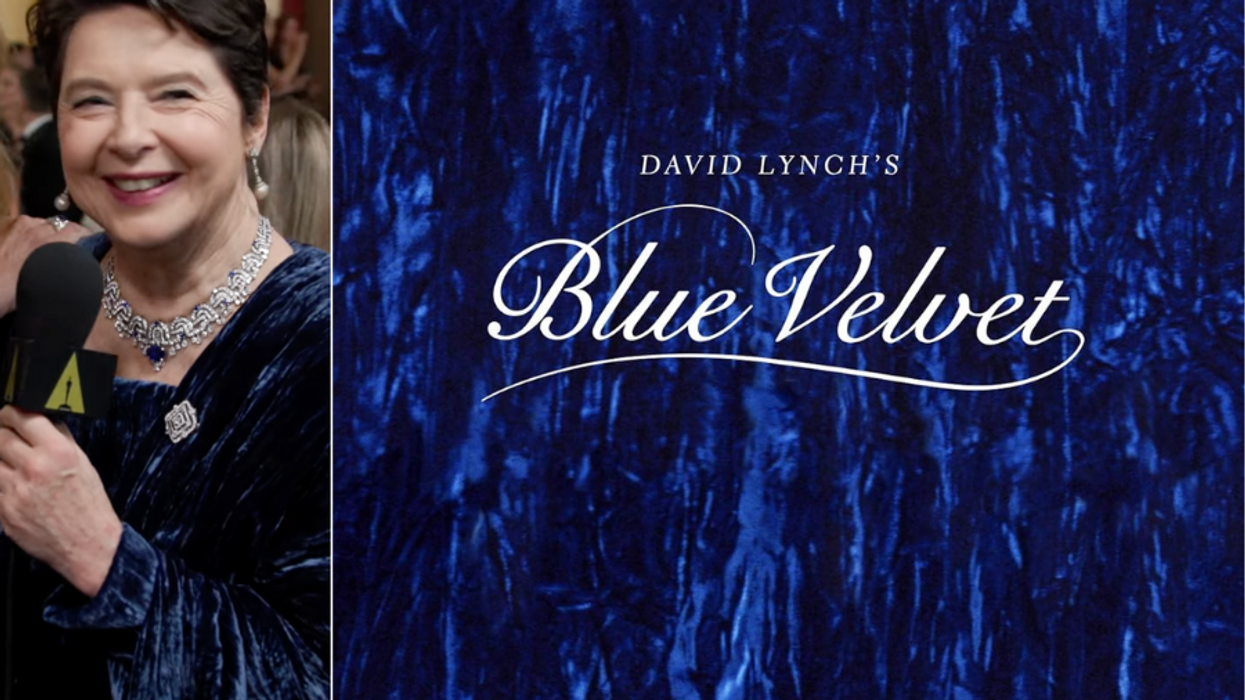Plant-in City is a collaborative project between architects, designers, and technologists building new ways of interacting with nature. Everything around us is a system: subways, roadways, mechanical works, the electrical power grid. They all play a key role in making the city run.
We approached this project, culminating in an exhibition at Mark Miller Gallery, currently up in New York through December 16, with that in mind and created a vertical cascading city of plants made of 65 modular cedar units. The units create a city for plants that translate their environmental data into the sound of an imaginary wilderness in the gallery.
These 21st century sculptural terrariums combine modular architecture, basic laws of physics, embedded technologies, and mobile computing to construct a “Plant City” where the aesthetic meets the pragmatic. The Plant-in City collective was started by Huy Bui and Jon Schramm of *HB* Collaborative, a four year old design/build studio, and Carlos J. Gómez de Llarena of Med44, a media architecture firm. We are all architects by formation but with different creative visions and experiences that shape our vision.
HB Collaborative has a manufacture-intensive workshop. Our goal was to balance it out with some form of nature and vegetation. We considered building a living wall for our studio/shop but knew we were challenged with keeping our plants healthy and we wanted a way to water them while we were busy or on vacation. We approached Carlos with the seed of an idea. That led to the possibility of integrating architecture, technology, and plants into one project.
We decided to transform the system into modular units with a wood frame structure and a simple rule of a common multiple. This rule allows for infinite possibilities of configurations of stack-ability and integration. With this strategy, the project can assume many different forms, be it a standalone object, a partition wall, an architectural structure or a city of plants.
We believe a city is a sum that is greater than its parts and to realize this vision we turned to crowd-sourced funding to build a city for plants inspired by New York. The exhibition is a result of a successful Kickstarter campaign that raised the money to produce this installation and introduced our idea to the public.
Here’s how it works:
- Water tanks and pumps are located at the foundation of the structure and transport water vertically to the apex. Water is then irrigated through perforated copper piping distributed throughout various zones in the “city” and permeates down from one planter to another, some damp and some receiving just a trickle of water. The cedar frame structure integrates LED strip lighting and is the conduit of the electrical power grid. The frames illuminate amber colors that highlight the plants to the foreground. Plants find homes based on these conditions and an architecture designed to keep the vegetation happy is an experiment in progress.
- The technology consists of some of the frames featuring an Arduino microcomputer equipped with wireless radios, sensors and a speaker. These electronics are placed in four different zones of the installation and allow us to detect soil moisture, light, air humidity, temperature and the remaining water in the irrigation tanks of each area they cover.
- Periodically, the computer analyzes the environmental data and emits a chirping sound that describes these current conditions. For instance, a low pitch wave sound means good soil moisture, a high pitch scratch sound means low water level in the tank, etc. As you visit the space you are able to listen to the four zones surrounding you and this turns the whole space into an audible interface—an electronic forest that helps us, over time, learn a secret language with plants in order to better care for them.
The computers in the four zones can be accessed by a smartphone and the user is able to see the current sensor readings as well as irrigate each zone independently on the spot, acting as a remote control for Plant-in City.
We take the process of building these units very seriously. We think of the city and the way it’s built and how it could be improved with new ways of construction, especially with the practice of pre-fabrication. To prepare for the installation at the Mark Miller Gallery, we spent months developing new modes of fabrication and improving on our construction details. All frame modules were fabricated at the HB Collaborative workshop, which took several months to build. The pre-fabrication method allowed us to complete the installation on site with less than six days, with all electrical, plumbing, plants and technology included.
We really see Plant-in City as grounds for testing a multitude of things. The internet of plants is a powerful opportunity for the project and we’re also interested in a social media, where one can share knowledge and their experiences of their reconstructed nature. We’re also interested in taking the project off the grid to explore alternative energies such as solar and wind, and water. We’re also working with the Vietnamese eatery, An Choi, to develop the first Plant-in City Garden to grow some herbs native to Vietnam, another passion project. We are always looking for new collaborators. As the project develops, we look to open a design studio/laboratory for integrating architecture, plants, and technology.
In the future, we’d like to continue to develop and build more interactive site specific Plant-in Cities. The range and flexibility of the design allows us to consider homes, offices, public cultural institutions, indoor, and outdoor spaces. We’re definitely starting from the inside out—a bit of a twist for creating green space, but that’s our take.
HB Collaborative, founded by Huy Bui and Jon Schramm is a four year old design/build studio based in New York City. Med44, founded by Carlos J. Gómez de Llarena is a media architecture firm that has an ongoing exploration of designs that merge physical spaces and digital experiences.













